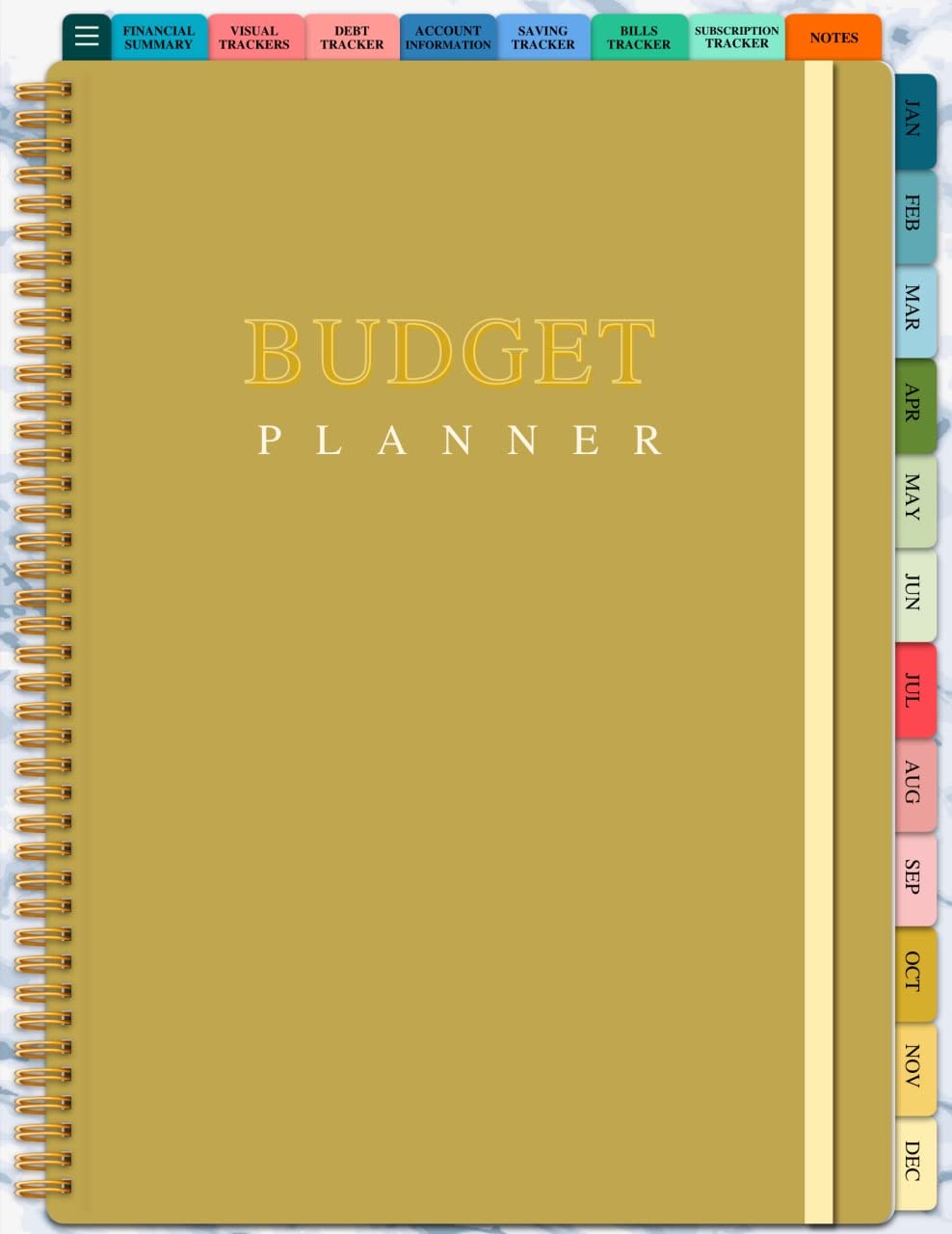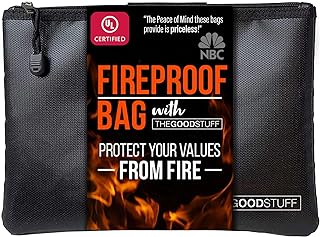What to Do If You’ve Had a Lapse in Car Insurance Coverage
Life is complicated. A payment gets missed, an email reminder goes to spam, you’re between jobs, or you move and the renewal notice never arrives. Suddenly, you have that sinking realization: you have a lapse in your car insurance coverage. It’s a stressful and frightening position to be in, but it’s a fixable problem. Panicking won’t help, but taking immediate, deliberate action will.
Stop driving your car immediately. Park it legally off of public roads. Every second you are uninsured on the road, you are exposed to catastrophic financial and legal risk. Do not drive to work, the store, or anywhere else until you have secured a new, active policy.
The High Stakes: Why a Coverage Lapse is So Serious
Understanding the consequences is the first step to appreciating the urgency. An insurance lapse isn’t just a minor administrative issue; it has severe, cascading consequences.
- Unlimited Financial Liability: If you cause an accident during a lapse, you are personally responsible for 100% of the damages. This includes repairs to other vehicles and, most critically, the medical bills, lost wages, and pain and suffering of anyone you injure. A serious accident can lead to lawsuits costing hundreds of thousands, or even millions, of dollars.
- Legal Penalties from Your State: Most states receive electronic notifications from insurance companies when a policy is canceled. This can trigger automatic penalties, including hefty fines, suspension of your driver’s license, and suspension of your vehicle’s registration. In some cases, your vehicle may even be impounded.
- Higher Future Premiums: To an insurer, a lapse in coverage is a major indicator of risk. When you go to buy a new policy, you will be placed in a “high-risk” category. This can cause your premiums to be 20%, 50%, or even more than 100% higher than they would have been without a lapse.
- SR-22 Requirement: Many states will require you to file an SR-22 form once you get new insurance. This is a special certificate your insurer files with the state to prove you have coverage. It’s an extra hassle, comes with filing fees, and formally labels you as a high-risk driver for several years.
Your Step-by-Step Action Plan to Get Reinsured
Okay, you’ve parked the car. Now what? Follow this precise plan to get back on the road legally and with the best possible rate.
-
Contact Your Previous Insurer About Reinstatement
If your lapse is very short (typically less than a week or two), your first call should be to your most recent insurance company. Ask them if you are eligible for “reinstatement.” Reinstating your old policy is almost always the cheapest and easiest option. You will have to pay the past-due balance and possibly a fee, but it prevents a “lapse” from being recorded on your insurance history. Be aware: they may not agree to this, especially if you have a history of missed payments.
-
Gather Your Information
If reinstatement isn’t an option, you’ll need to shop for a new policy. Get your information in order to make the process smooth: your driver’s license number, the Vehicle Identification Number (VIN) for your car, the address where it’s garaged, and an estimate of your annual mileage.
-
Shop for New Quotes (The Right Way)
You now have a “high-risk” profile, so you need to shop accordingly. Contact an independent insurance agent who specializes in non-standard insurance. They will have access to multiple companies that are willing to insure drivers with a recent lapse. Be completely honest about the lapse—they will find out anyway through your insurance history report (CLUE report), and being dishonest will only lead to problems later.
-
Analyze Your Coverage Needs
While your instinct might be to buy the cheapest possible policy, this is the time to be smart. You are now seen as a higher risk, which means it’s even more important to be properly protected. Discuss your liability limits with your agent and strongly consider adding Uninsured Motorist Coverage. Driving with a lapse makes you part of the problem on the roads; learn about **the truth about uninsured motorist coverage** to understand how other drivers protect themselves from this risk.
-
Secure the Policy and Get Proof
Once you’ve chosen a policy, you will likely need to pay the first installment, or even several months’ premium, upfront to activate it. Do not consider yourself insured until you have paid and received a policy number and a digital or physical insurance card. Only then is it safe to drive your car again.
Understanding SR-22 Filings
If your state requires you to have an SR-22, it’s important to know what it is. An SR-22 is not insurance. It’s a certificate of financial responsibility that your new insurance company files with the state DMV on your behalf. It serves as a guarantee that you will maintain continuous coverage for a set period (usually three years). Not all companies offer SR-22 filings, which is another reason working with a specialist agent is so important. The rules and costs associated with SR-22s can also vary dramatically by location, a fact that is highlighted in any comparison of **car insurance in Texas vs California**.
What If You Can’t Afford to Get Reinsured?
The sticker shock of a new, high-risk policy can be overwhelming. If the cost is truly prohibitive, you have to consider responsible alternatives to driving uninsured.
- Sell the Vehicle: It may be painful, but selling your car might be the most financially responsible decision. This removes the liability and the need for insurance entirely. If you choose this path, it’s important to handle the process correctly; for instance, you’ll need to know **do you need insurance to sell a car** (you typically need it to offer test drives legally).
- Store the Vehicle: If you plan to keep the car but can’t afford to insure it right now, you must store it off public roads (in a garage, private driveway, etc.). You should also contact your state’s DMV. Some states require you to surrender your license plates if the vehicle is not actively insured.
Preventing a Future Lapse: Tools for Financial Organization
Once you’re back on track, the goal is to never let this happen again. This often comes down to simple organization and financial planning.

Digital Budget Planner Subscription
Why it helps: Most lapses happen because a bill is missed. Using a digital budgeting tool or app to track income and set up automatic bill pay reminders can be the single most effective way to prevent a lapse due to non-payment.

Fireproof Document Organizer
Why it helps: Keep all your essential vehicle and insurance documents in one, easy-to-find place. When it’s time to renew or shop for a new policy, having your registration, title, and current policy information organized saves time and stress.
Check Price on AmazonFrequently Asked Questions (FAQ)
Is there a grace period for car insurance payments?
Most insurers offer a short grace period (often 3 to 10 days) after a missed payment before they issue a formal cancellation notice. However, this varies and should not be relied upon. Once the policy is officially canceled, the lapse begins.
How long does a lapse stay on my record?
Insurers typically look back at your insurance history for the past 3 to 5 years. A lapse will negatively affect your rates for at least this long, with the impact gradually lessening over time if you maintain continuous coverage.
I had a lapse but didn’t get caught. Am I in the clear?
No. When you apply for a new policy, the insurer will ask, “Have you had continuous insurance coverage for the past 6 months?” If you lie, you’re committing fraud. If you tell the truth, you will still be rated as a new customer without prior insurance, which results in a similar or identical premium penalty to having a documented lapse.